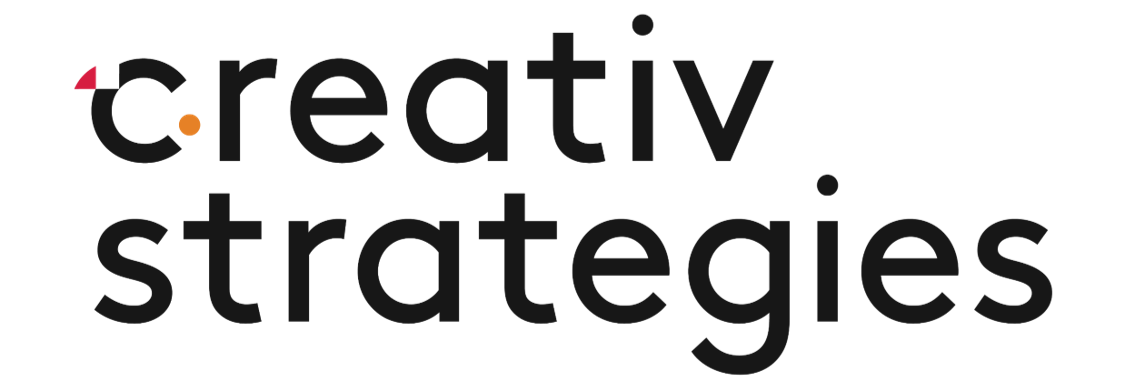The Creativ Brief: Defining Friction in Marketing
Image by Cole de Brito
Friction is what clinical psychologists refer to as ‘barriers to action’.
Distance, time, effort.
Friction represents the added obstacles that impede someone from taking action, determining behaviors we repeat, and ultimately, the habits we form.
Behaviors that have a high degree of friction are less likely to become habits because they are harder to repeat. Behaviors with low friction that result in a reward are the most likely to become habits.
In marketing, we address friction as impediments to consumers making a purchase. Is there a lengthy sign-up process? Is the product confusing or UX clunky? Is the unique value proposition easily understood?
Products and services that reduce friction, making it easier to do something by saving time and effort for the end consumer, have a higher likelihood of success.
Social media, supplements, delivery services, rideshare apps, pharmaceuticals, cleaning products all reduce the friction humans face to complete a certain task.
At Creativ Strategies, we positioned our firm as a full-service marketing shop for media and tech. Instead of organizing a marketing department or campaign by hiring half-a-dozen people, clients simply call us.
Reduce friction. Form habits.
3 Stories Dominating Media and Tech Headlines
Marketing industry trade groups pass guidelines to support diverse media. The ANA (Association of National Advertisers) and the 4As (American Association of Advertising Agencies) has passed a series of guidelines as part of an industry wide effort to support diverse media.
A diverse supplier is categorized by 51% ownership stake of traditional underrepresented groups. This comes after a similar study conducted by the ANA that showed that 90% of ad agencies are owned by white men.
Why it Matters: The marketing and advertising industry represents some of the most progressive voices in business. Guidelines that encourage investment in minority businesses could have a far reaching effect if successful.
Puck, a new media start-up, raised $10 million in funding. The media firm, which publishes news on media, entertainment, and tech in a personal reporting style, has about 240k free subscribers and 30k paid subscribers.
Why it matters: As traditional media suffers, a new breed of media start-ups have risen. Upstart media brands Axios, Semafor, Puck, and The Ankler all started with a simple newsletter, growing newsrooms around delivering news directly to inboxes. A shiny spot in an otherwise depressing media landscape.
Iger brings back spurned heirs apparent to Disney. Upstart media brand Puck mentioned above broke the story. Kevin Mayer and Tom Staggs both left the company when Bob Chapek was elevated to CEO.
Why it Matters: The biggest media brand in the business has been in a shake-up as Bob Iger returned to the House of Mouse in November of 2022. Kevin Mayer was the executive in charge of Disney+ while Tom Staggs ran M&A and the direct-to-consumer business. Bog Iger has said he’s only CEO for a couple more years (we heard that before).
Stat of the Week - Gen Z Media Habits
Chart by Tahsan Scott
What are the kids watching these days?
We compiled data from Statista, WARC, and eMarketer to build a comprehensive pie chart of consumption. Big takeaways:
90% of their media consumption comes from digital media.
Social media occupies one-third of their media time.
Streaming TV and audio occupy another third.
We think video games are actually undercounted while traditional TV is overcounted in both WARC and eMarketer due to their surveying methods.
The big takeaway: The youngest consumers aren’t watching their parents cable packages.
One Fun Thing - Habits and the human mind
Habits are formed when repeated activity leads to reward.
So here’s yet another video to on habits.



